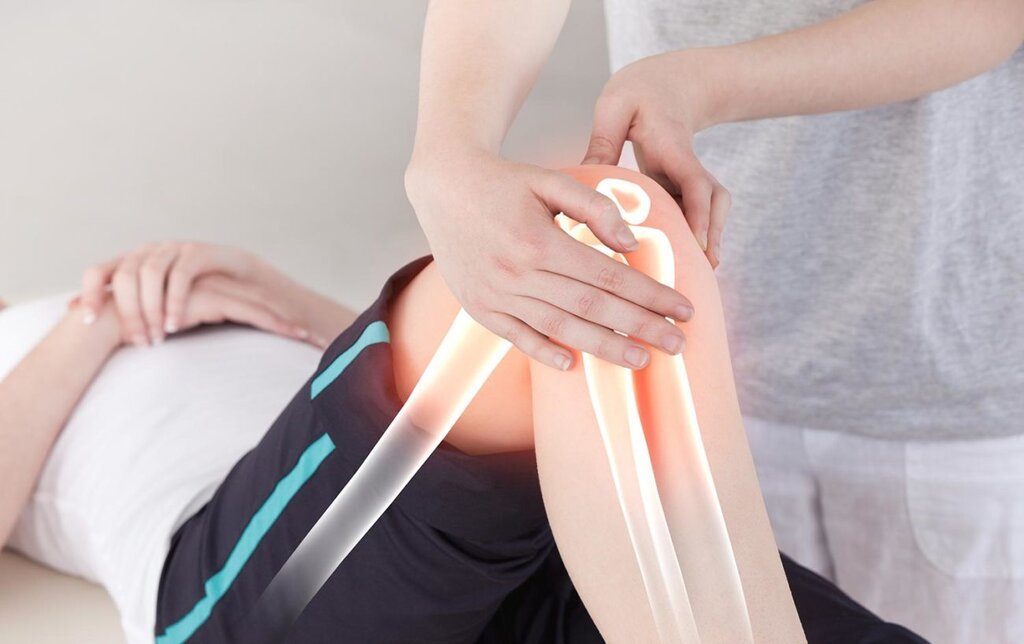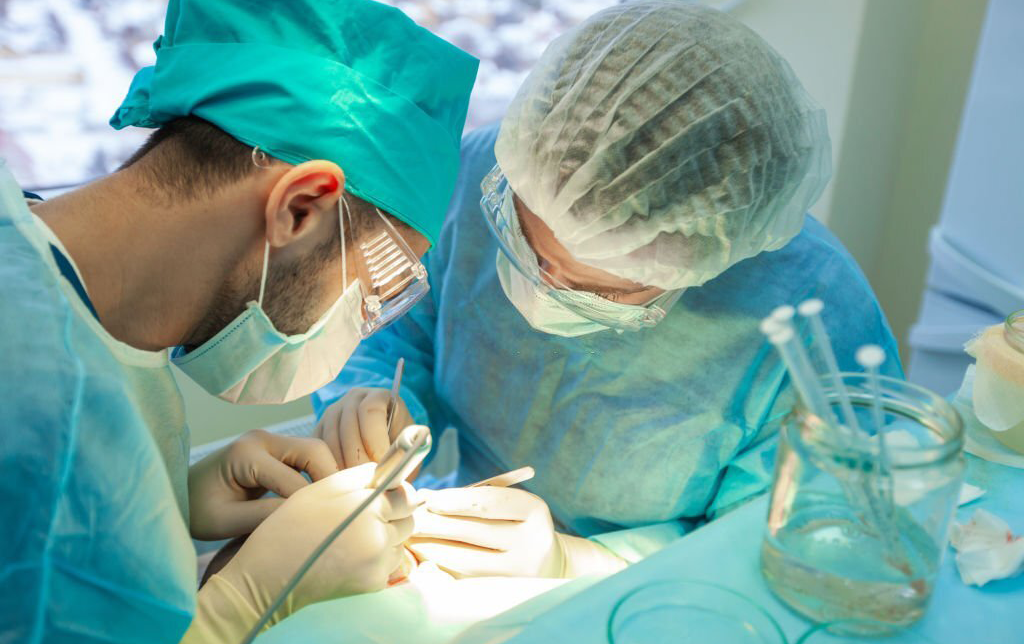Blogs

Advancements in Upper and Lower Limb Reconstruction: Restoring Function and Mobility
The upper and lower limbs are vital for daily activities and overall quality of life. From the dexterity of the human hand to the strength and support of the lower limb, these appendages play essential roles in movement and function. This blog explores the evolution and advancements in upper and lower limb reconstruction, highlighting key techniques, innovations, and the importance of comprehensive care in restoring function and mobility.
Unraveling the Complexity of Upper Limb Reconstruction
The human hand is a marvel of evolution, renowned for its dexterity and complexity. When injuries, infections, or congenital deformities compromise hand function, specialized techniques are essential to restore its intricate mechanics. The field of hand surgery has evolved significantly, offering advanced solutions to address these challenges:
- Reimplantations and Revascularization
– Description: Severed digits or limbs can be reattached through meticulous reimplantation surgery. This involves reconnecting blood vessels, nerves, tendons, and bones to promote healing and restore function.
– Advancements: Improved microsurgical techniques have enhanced the precision of revascularization, leading to better functional outcomes and reduced complications.
- Flap Surgery
– Description: Flap surgery involves transferring healthy tissue from adjacent or distant donor sites to reconstruct defects, restore coverage, and enhance wound healing.
– Techniques: Microsurgical methods enable precise tissue transfer and vascular anastomosis, minimizing donor site morbidity and optimizing both aesthetic and functional results.
- Tendon Repairs and Transfers
– Description: Tendon injuries can impair grip strength and finger mobility. Tendon repairs reestablish continuity, while tendon transfers may be used to restore function following nerve injuries.
– Innovations: Advances in surgical techniques and materials have improved tendon repair outcomes, leading to better functional recovery.
- Bone Fracture Treatment
– Description: Hand and wrist fractures require appropriate management for optimal healing. Techniques such as open reduction and internal fixation (ORIF) allow for accurate alignment and stable fixation.
– Benefits: Enhanced surgical methods facilitate early mobilization and functional recovery, reducing the risk of long-term complications.
Embracing Innovation in Lower Limb Reconstruction
The lower limb is crucial for supporting body weight and enabling movement. Despite its importance, lower limb reconstruction has historically been undervalued, with amputation often being the default treatment for severe injuries. However, advancements in plastic surgery have transformed the management of lower limb injuries and deformities:
- Revascularization
– Description: Revascularization procedures restore blood flow to ischemic lower limbs, salvaging viable tissue and preventing amputation.
– Techniques: Methods such as arterial bypass grafting, endovascular interventions, and thrombectomy are employed to reestablish vascular perfusion and promote tissue viability.
- Microvascular Surgery
– Description: Microvascular reconstruction allows for the transfer of vascularized tissue from distant sites to repair complex defects in the lower limb.
– Examples: Free tissue transfer techniques, such as the fibula free flap and anterolateral thigh flap, enable the transplantation of skin, muscle, and bone with preserved blood supply, facilitating wound healing and limb preservation.
- Flap Surgery
– Description: Flap surgery provides essential soft tissue coverage, wound closure, and functional restoration in cases of traumatic injuries, chronic ulcers, or congenital anomalies.
– Approaches: Local, regional, and free flaps are tailored to match defect size, location, and tissue requirements, optimizing both aesthetic and functional outcomes.
Multidisciplinary Collaboration and Patient-Centered Care
Successful upper and lower limb reconstruction relies on a collaborative approach and patient-centered care:
- Multidisciplinary Collaboration
– Importance: Effective treatment involves coordination among orthopedic specialists, physical therapists, rehabilitation experts, and prosthetists. Multidisciplinary teams ensure comprehensive management and achieve optimal outcomes.
- Patient-Centered Care
– Counseling and Decision-Making: Engaging patients in shared decision-making helps set realistic expectations and address individual concerns. Personalized rehabilitation programs support patients in actively participating in their recovery and optimizing functional outcomes.
The field of upper and lower limb reconstruction has advanced remarkably, offering innovative solutions to restore function and mobility. From the dexterity of hand surgery to the complexity of lower limb reconstruction, modern techniques and multidisciplinary collaboration have revolutionized patient care. By embracing these advancements and focusing on patient-centered approaches, we can achieve significant improvements in functional outcomes and quality of life for individuals facing limb injuries and deformities.
Popular Posts

Nose Surgery (Rhinoplasty)
Nose reshaping (rhinoplasty or a "nose job") is an operation to change the shape or size of the nose...

Best Hair Transplant Doctor In Nagpur Location
Saundarya City Uses Modern techniques have enabled advanced methods for surgical hair transplants that can help restore lost hair...



 Book an Appointment
Book an Appointment